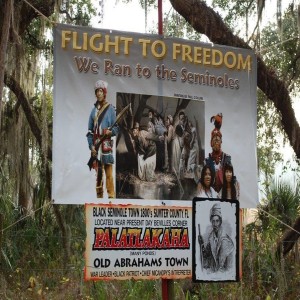

We recognize that the Second Seminole War was a war of Indian Removal, ignited by Indian resistance to U.S. government efforts to deport them from Florida to Indian Territory west of the Mississippi.
A key sticking point in resolving the conflict was the disposition of those who were known, for purposes of convenience, as Indian slaves, Seminole Negroes or Black Seminoles.
And at the center of that was the delicate business of defining who the Black Seminoles were. The translator, diplomat, and strategist Abraham was a leader among Black Seminole and a representative among the Seminole of their interests.
One can use the structure of a classic internet meme to illustrate the difficulty in defining who were Black Seminole such Abraham and his people.
Who did the Seminole say they were? [Abraham and his people were property, not to be given up without financial compensation and worth fighting to keep.]
Who did the Americans say they were? [To the Americans in Georgia and other southern states, Abraham's people were a threat to national security, poised to pour across the border under cover of darkness or to filter up through the swamps to pillage at will.]
Who did the Spaniards who ruled Florida say they were? [men and women who fled slavery were potential citizens and able allies who were worth arming and supporting for their value in protecting St. Augustine's back door.]
Who did the Black Seminoles say they were? [Abraham, his people, and hundreds of others like them were "freedom seekers" who fled the slavery of the American South and deliberately forged symbiotic alliances with the more numerous and established Seminole Indians.]
Who can WE say the Black Seminoles were?
Returning to the Seminole Wars podcast to help with what Sherlock Holmes might dub, “The Curious Case of the Black Seminoles of Florida,” is Dr. Brent Weisman.
Doctor Weisman has podcasted with us earlier to discuss the continued Historical and Cultural Importance of the Seminole in Florida. He is Professor Emeritus of Anthropology at the University of South Florida. He has served as the editor of The Florida Anthropologist, president of the Seminole Wars Historic Foundation and the Alliance for Weedon Island Archaeological Research and Education, and was a founding director of the Florida Public Archaeology Network. His research interests continue to be Seminole Indian culture and history, Florida archaeology, and North American Indians.
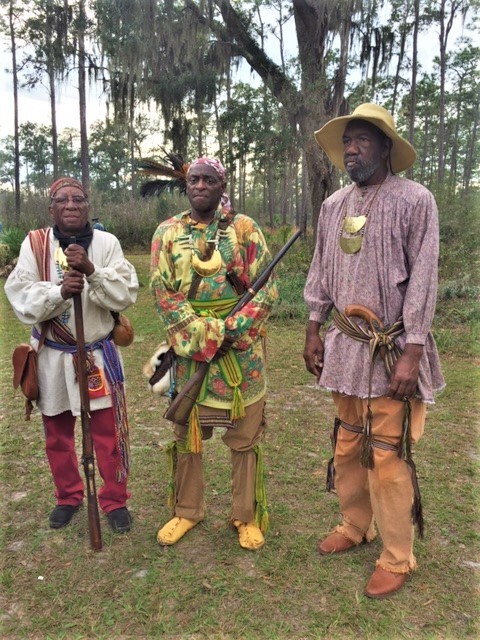
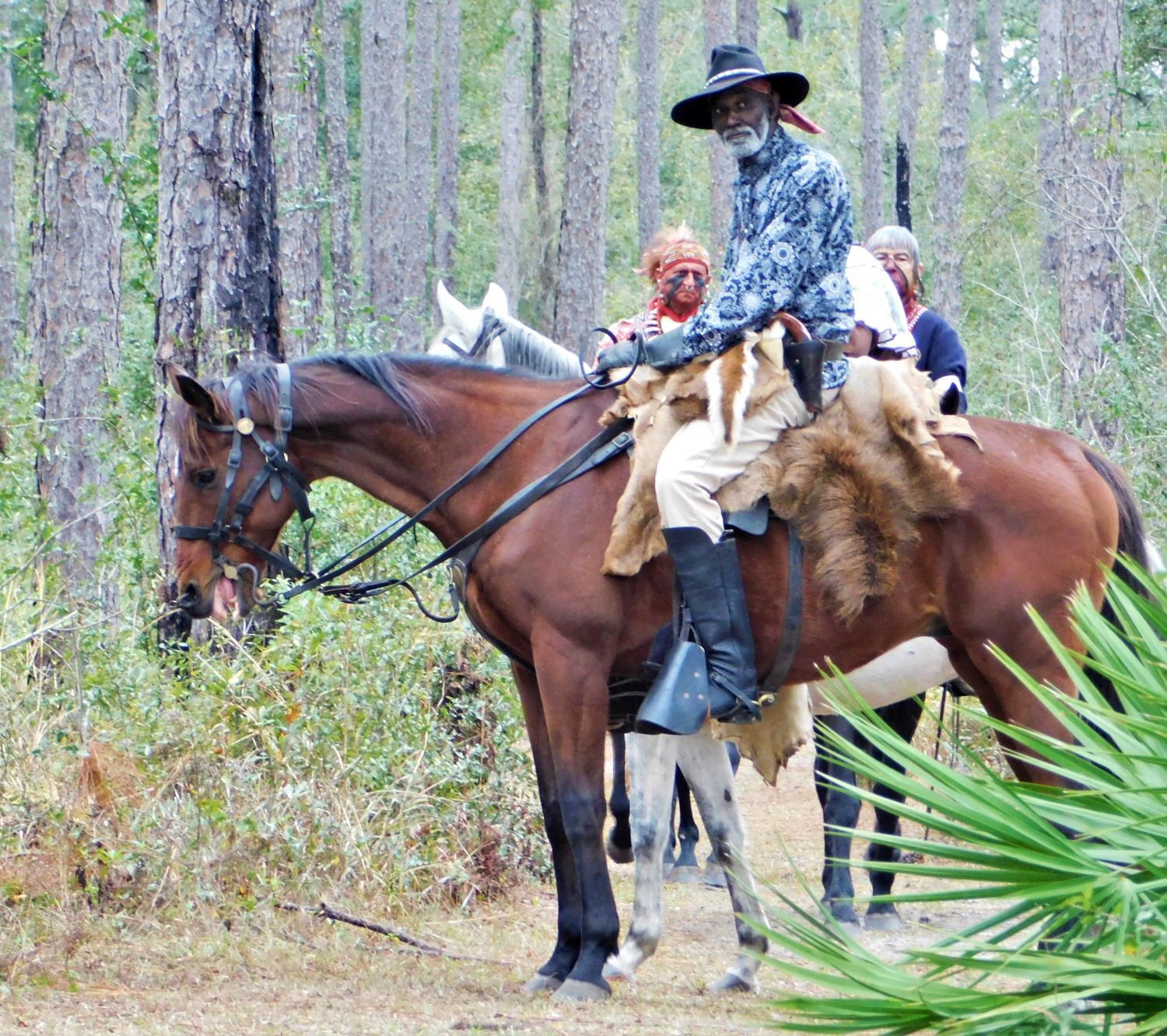
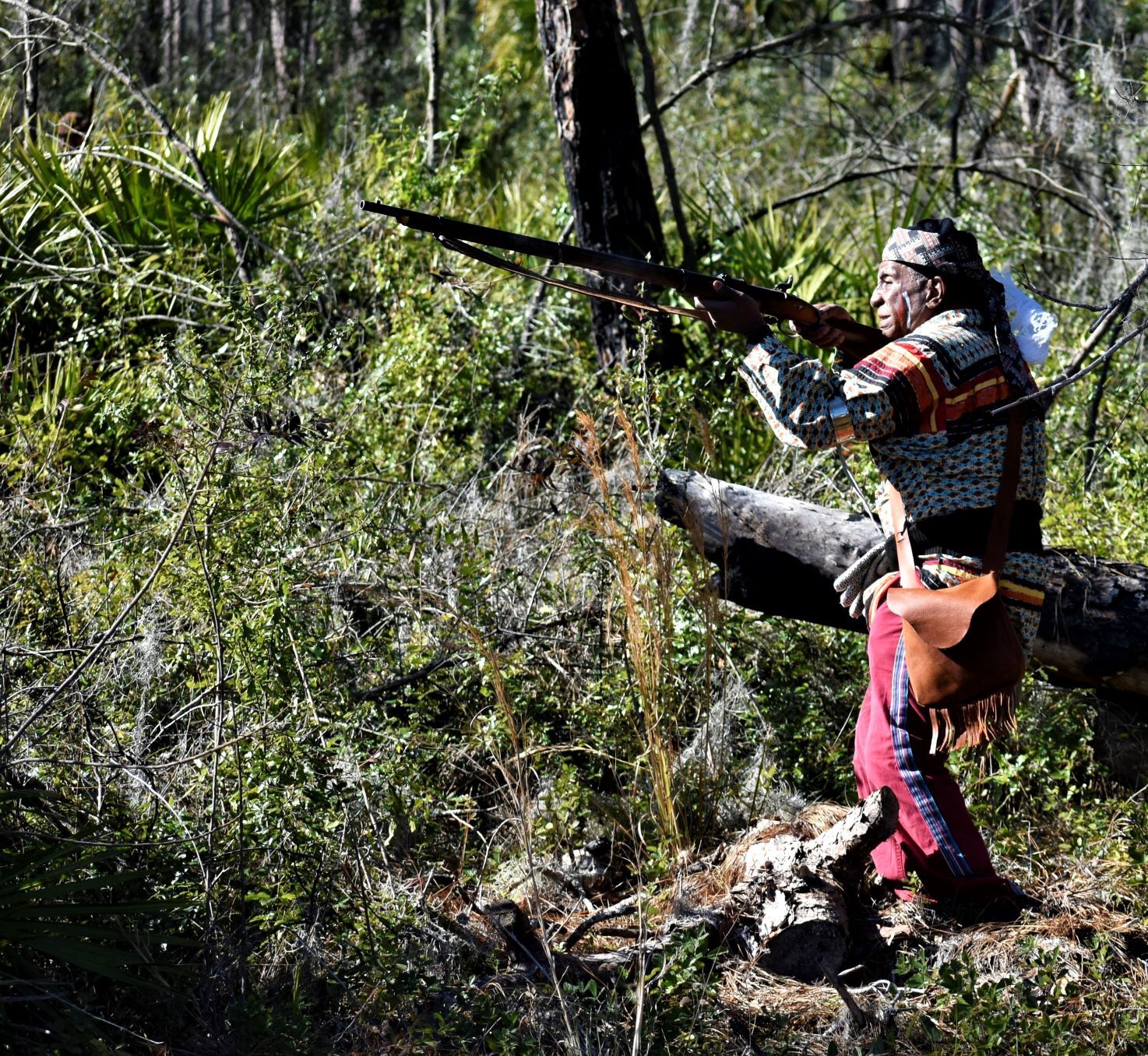
Black Seminoles at the annual Dade Battle reenactment. Photos by Andrew Foster
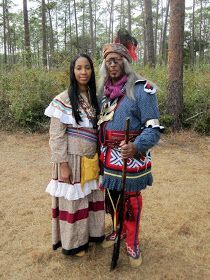
Host Patrick Swan is a board member with the Seminole Wars Foundation. He is a combat veteran and of the U.S. Army, serving in Iraq, Afghanistan, Kuwait, and Kosovo, and at the Pentagon after 9/11. A military historian, he holds masters degrees in Public History, Communication, and Homeland Security, and is a graduate of the US Army War College with an advanced degree in strategic studies. This podcast is recorded at the homestead of the Seminole Wars Foundation in Bushnell, Florida.
Like us on Facebook, LinkedIn, and YouTube. Get the latest episode without delay where and when you want it by subscribing through your favorite podcast provider, such as iHeart, Stitcher, Spotify, DoubleTwist, Pandora, Podbean, Google podcasts, iTunes or directly from the Seminole Wars Foundation website
No comments yet. Be the first to say something!